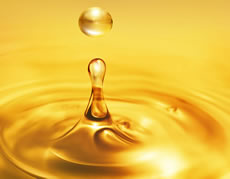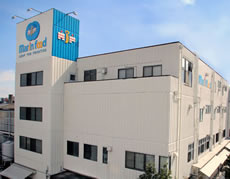Tradition of making the Oil Spread
Click the image and you will see the information about Tradition of Oil Spread.
Narration:Kazusa Yoshimura


The Origin of Oil Usage
The use of oil by humans is said to have originated in the use of animal fat for lighting the fire. It is said that the Cro-Magnons from the late Paleolithic period created the wall paintings in Lascaux, by lightening the cave with a stone lamp that used animal fat. The oldest vegetable oil used by humans is said to have been olive oil and sesame oil. The records suggest that cultivation of olives started in West Asia (the southern Turkey) 7000 to 8000 years ago. The records also suggest that olive oil was actively produced in Crete, Cyprus and Syria 6000 years ago. The English word oil is derived from oleum that means oil or olive oil in Latin and elaion that means olive tree in Greek. In the meanwhile the Chinese character that means oil 油 is a semasio-phonetic character composed by the hieroglyphic letter of water and jar, meaning liquid coming out of a jar, which is oil.


The Development of Oil and Humans
The first edible oil usage in Japan is recorded in the Nara era (710 to 794) when people served fried vegetables at temples. The first vegetable oil extraction recorded was in 211 AD and hazelnut fruit was used to make fire for the religious ritual at Rikyu-Hachiman Shrine in the south of Kyoto. Later various other fruits including wild sesame have been used to make oil. The power source shifted from humans to water-turbine or animal power, however, the ability of oil producing machines were not improved much until modern days. A hydraulic machine was imported in the Meiji era (1868-1912) and used as power source to bring out the rapid improvement in the efficiency of producing oil. The productivity of a presser also contributed to the rapid expansion of the manufacturing scale. Streamlining facilities were incorporated in 1950s to 1960s and the modern oil manufacturing has made a big progress since then.

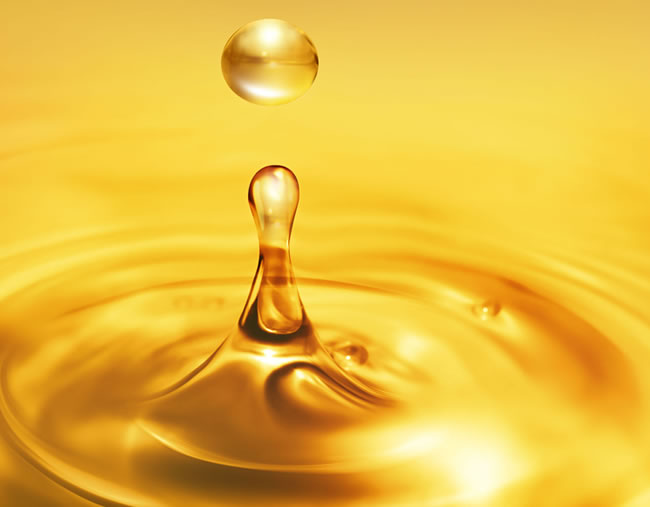
Variety of Edible Oil
The edible oil is mainly divided into animal and vegetable origins. Animal oil has been taken directly since the hunting and gathering era.
Vegetable oil required the technology of oil extraction. As the technology was established and olive was mainly used in Europe and sesame in Asia.
Nowadays a large variety of vegetables including soybean, rapeseed, sunflower, cottonseed, peanut, corn, palm, coconut, linseed and castor bean
are used to produce oil for home-use. Recently functional oil that helps physiology was discovered and developed to add to the variety.
Margarine is formulated using various oils depending on the purpose and function it aims to achieve.

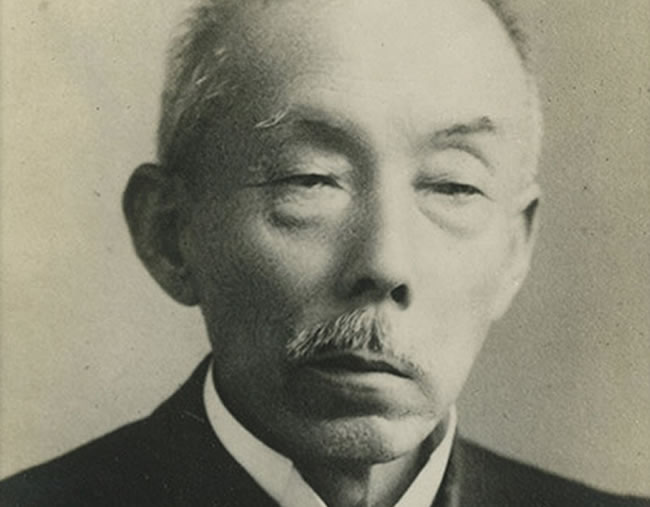
Yoshimura Soup Factory
Marinfood started as a soup factory built in 1888 in Ushigome, Tokyo. The founder Matasaku Yoshimura was born as the third son of the purveyor of the Choshu Domain in Nagasaki, and learned chemical technology in Nagasaki and Shanghai, China. Later he went to Tokyo and founded the Yoshimura Soup Factory. He pursued in developing the technology, and his passion was reinforced by some of the leading experts of those days, including an American missionary Mr. Staut, the first Shanghai consul general Tadamichi Shinagawa, the professor of Tokyo University Jiro Yamaoka, and an authority in industrial chemistry Dr. Toyokichi Takamatsu to break down the custom of using Marseille soap of France to wash the silk material in textile-producing areas of Japan. He was awarded many recognitions that include the gold medal in the 7th Japan National Exhibition in 1898, the second prize in the fifth Industrial Exhibition in 1903, the gold and silver medal in the National Commodity Exhibition in 1905, a wooden cup with paulownia crest from the governor of Tokyo in 1912, the silver medal in the Tokyo Taisho Exhibition in 1917, and the gold medal in the first Chemical and Industrial Exhibition in 1917. His name was widely known in textile-producing areas at that time.

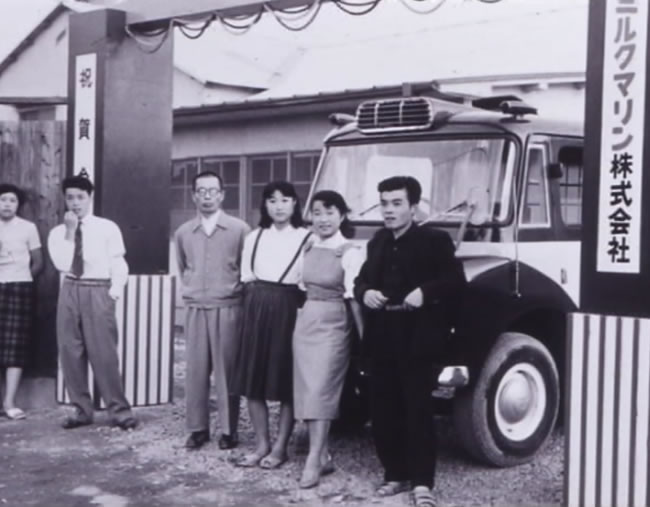
Founding of Milk Marin
Eikichi, the fifth son of Matasaku Yoshimura, started producing margarine that uses oil very much like soap in 1948. Two years later he started Milk Marin brand to sell the products. At that time manufacturing margarine was a low profit business, however, he became independent from the Yoshimura Oil Chemical Company and founded the Milk Marin Corporation on April 1, 1957 to maintain the production of margarine.

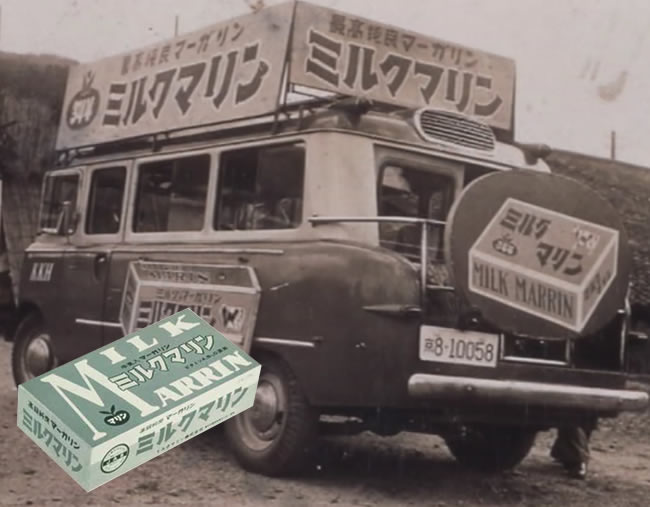
Early Times of Milk Marin
The number of the employees of Milk Marin at the time of foundation was about 50. There was no factory yet. They were renting a space from
the Yoshimura Oil Chemical Company. Every day Eikichi walked around to explain to stockholders, for financing, and to look for a land with estate agents.
That is the story by Yuriko Yoshimura the late wife of Eikichi.
As soon as seeing the land in the village of Honan in Osaka, Eikichi decided to purchase it as it was close enough for the Yoshimura Oil Chemical
workers to walk to. He founded the company in April, purchased the land in May, then the construction of the factory was completed in August
and the production system was completed. The Eikichi’s family moved to a house within the factory land. They lived there for 8 years.
Then everyone except sales people became greasy all over their bodies, did whatever they can to bring forward the factory to full operation.
On September 27, 1957 the inauguration ceremony was held and many people participated. Visitors from different industries came to congratulate them.
Everyone including the president and employees were all smiles.

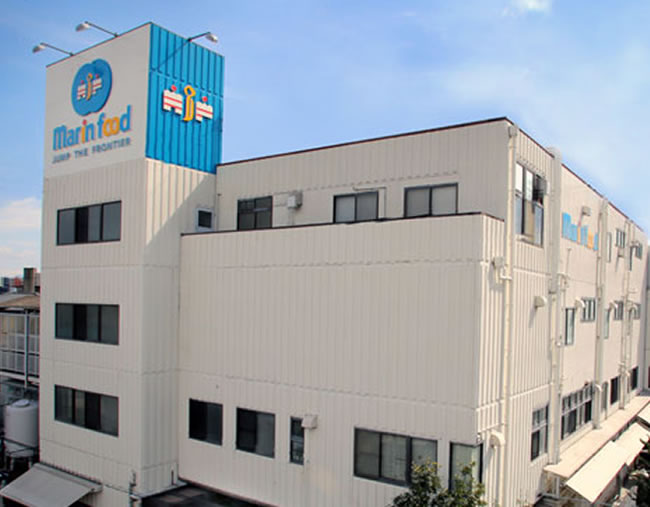
The Corporate Name was changed to Marinfood
In 1967 the corporate name was changed from Milk Marin to Marinfood. The margarine business was expanded to various lineups including both industrial
and home-use depending on the demand of the era. Nowadays a wide variety of contents including small cups, bottles, cubes, caramel-shapes,
cartons, small bags, pounds, industrial cups, 8kg cans and industrial card board boxes are available.
At the start of the business, almost all the products were targeted for industrial use. Even at that time our company emphasized in small packaged
products and the products for school meals acquired the number one share of the country in the amount of production and was awarded the Japan Food Newspaper
Industrial Processed Hit Prize. Recently various flavored margarine products were developed for home-use and are being favored by many customers.


Margarine for Garlic Lovers
【Characteristics】
Garlic was used more than 13% of all the ingredients in different shapes including grated garlic and garlic powder,
added with parsleys, red peppers and cheese to realize the richness and depth that garlic lovers ask for.
【Developing Episode】
It was developed in 1995 by requests from steakhouses all over Japan. We emphasized the flavor of garlic in its endeavors of
completing the final product that resulted in immediate market penetration and were thanked by various customers.


Cod Roe Spread that has strong texture and is easy to use for pastas
【Characteristics】
Cod roe is made into particles with a special method to recreate the texture and is blended with the material to make this product.
【Developing Episode】
Isn’t it easier to make cod row pasta, if only there is cod roe and butter mixed already?
In order to bring out the granular texture, we achieved the special production method that took about a year and a lot of tears.
This product is developed with a concept that margarine is not only for spreading on toast but for using in various menus including pasta and salad.

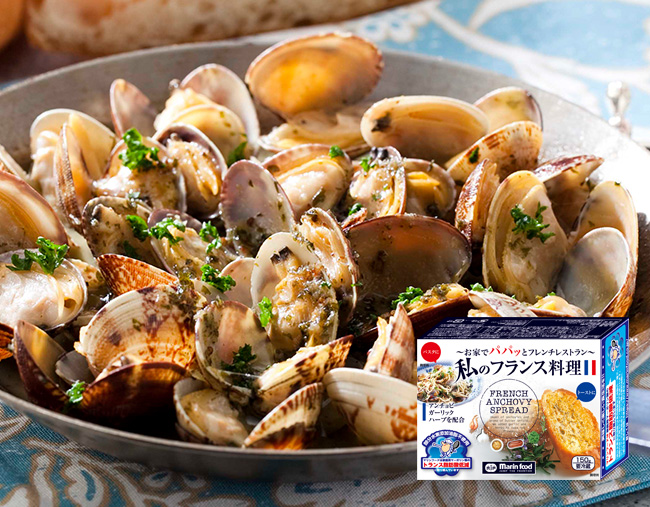
The Realization of an authentic French cuisine
【Characteristics】
Margarine blended with butter and various spices including shallot, mustard, garlic, anchovy, tarragon and black pepper.
It was developed to create a product by simply adding a slice of it to realize the flavor of French cuisine.
【Developing Episode】
It was inspired by an article written on Nikkei Newspaper by Nobuo Murakami, the late executive chef of the Imperial Hotel
about his life. It was developed to recreate beurres composes or French compound butter. It was previously named as “Beurres Composes de Paris”.
Although Garlic Margarine is more popular, a lot of customers prefer this product saying this is much tastier in comparison. It was awarded the gold medal
in Monde Selection.

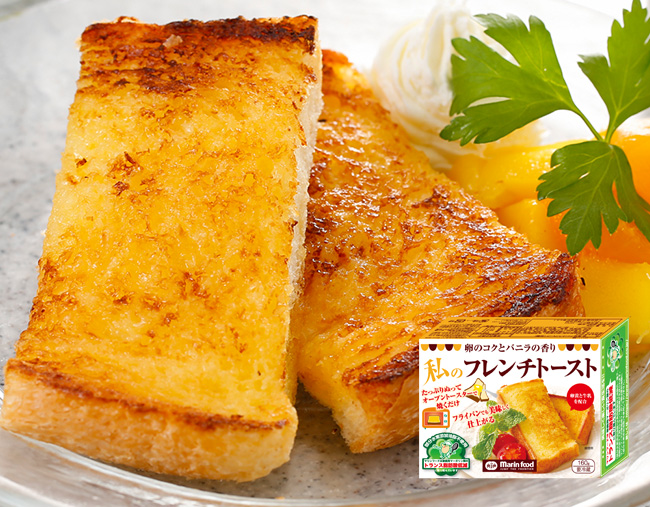
You may enjoy French toast easily by simply spreading it on and grilling it
【Characteristic】
It is a margarine-based spread blended with milk, egg and sugar. Although the main usage is for cooking French toast,
however, you may use it for making bread and other baked sweets.
【Developing Episode】
It was inspired by the movie “Kramer vs. Kramer”, in which Ted Kramer acted by Dustin Hoffman was making French toast
every day for his son. Through trying out different French toast in hotels and restaurants, this unique product was created.

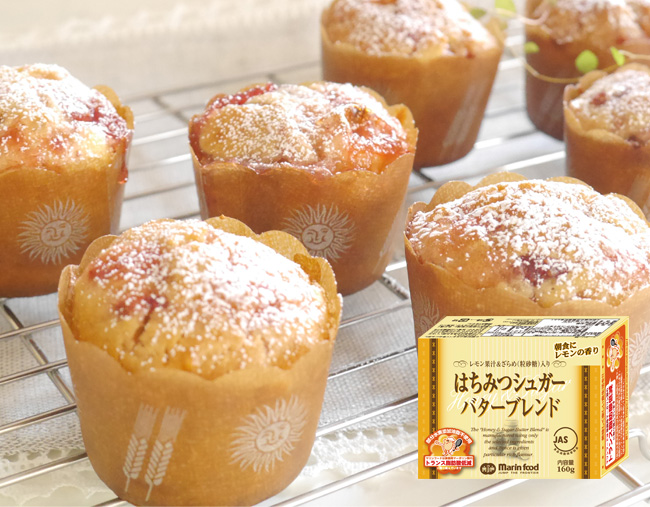
Honey and lemon are used to accentuate this original product
【Characteristics】
This is a margarine spread blended with butter, honey and lemon. Granular sugar is added and so it has a crunchy texture.
It was created to bring out the flavor of toast with margarine sprinkled with sugar in the childhood memory.
【Developing Episode】
It was created to realize not only the sweet and refreshing flavor but also special texture.
It was not possible without some miseries. Granular sugar is hard and very difficult to process as it may harm the machine.
We ended up incorporating a stronger machine to realize this product.



